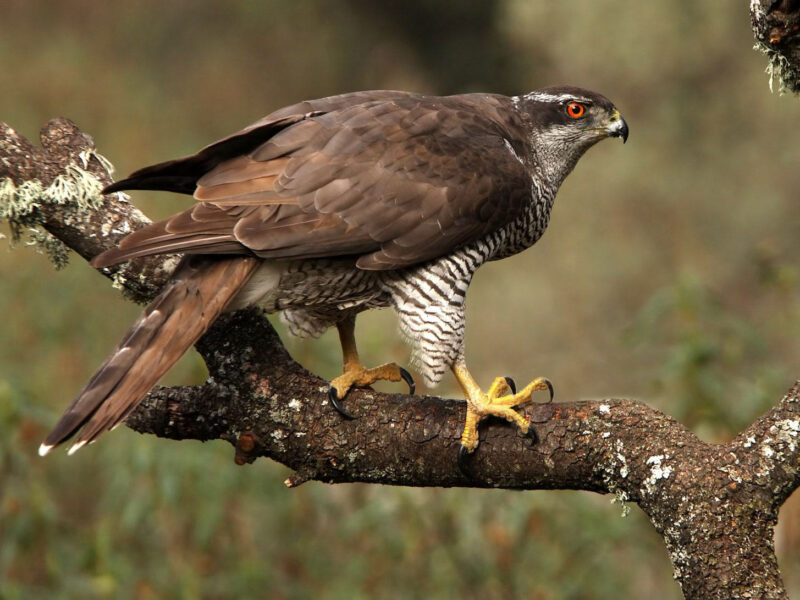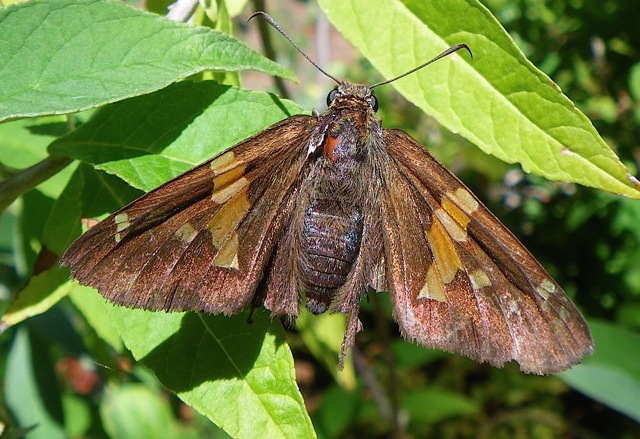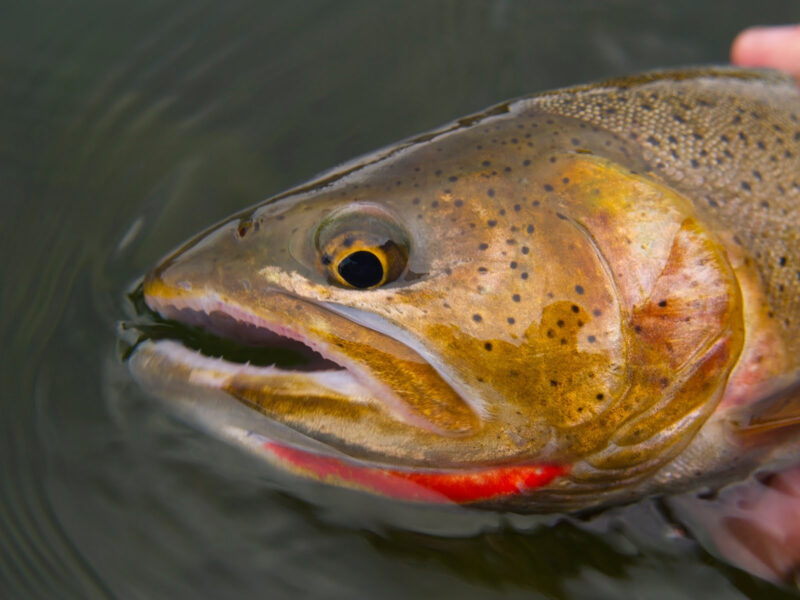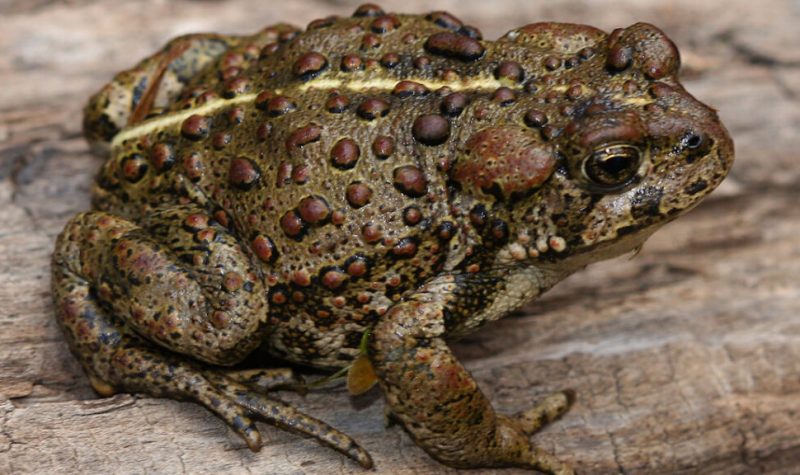By Roy L Hales
Helen Hall has been the Friends of Cortes Island's (FOCI) Executive Director for close to five years. Autumn Barret Morgan came to FOCI as a summer student and continues on as the volunteer Conservation Assistant. In this morning's program they talk about species at risk on Cortes Island.
Not As Developed As Other Areas
“We are fortunate to have so many amazing species here. Cortes is not been as developed as some of the other islands. We still have large intact areas of forest and a really good marine ecosystem, ”said Hall.
Some species still evidenced here are disappearing from other areas because of habitat loss and degradation.
Northern goshawk

Northern Goshawk - courtesy FOCI
“We have the Northern Goshawk on the island… and we know they have disappeared from other parts of the province.”
According to the FOCI website , “… It is suspected that the Northern Goshawk's numbers will continue to decline due to deforestation of mature and old-growth forests. Commercial clearcutting destroys their nesting habitat and reduces prey abundance. ”
Fourteen Species At Risk
Fourteen Species at Risk are featured on the FOCI website.
“I think that if no conservation programs are in place, they are all ultimately at risk of either extirpation (disappearance locally) or extinction, but I wouldn't say right now.”
They range from recently returned Humpback Whales to the Great Blue Heron.
“We also have species like the Western Toad , which were once locally abundant on Cortes, but haven't been recorded for the last few years. And a little butterfly called the Silver Spotted Skipper that was recently found here. Then we have species like the Townsend's big-eared bat and… the Pacific Sideband Snail , ”said Hall.
Reappearance of The Silver Spotted Skipper
Autumn Barret Morgan added that the Silver Spotted Skipper completely disappeared from British Columbia for more than 50 years, only to recently be found around some giant vetch plants on Cortes.
“That was a huge breakthrough, realizing we can encourage all these species at risk… We can do our part and welcome them back…”

Silver Spotted Skipper - courtesy FOCI
Hall pointed out, “Some species might not be recorded simply because there aren't people out there recording, you have that factor too.”
And it is easy to miss a snail like the Threaded Vertigo , which is smaller than your thumbnail.
Great blue heron
“The Great Blue Heron is an iconic species for the coast and often seen on the beach here. Certainly when I came to Cortes, and to Canada, as you can tell I am from England, I thought it was an amazing species because they are so big and make such a lot of noise. Surprisingly, they are a species at risk, of special concern federally and on the blue list - which means they are also threatened provincially, ”said Hall.
”… Over the past few years we have been monitoring them on the island, particularly whether they are nesting here or not. There used to be big rookeries at Mansons Lagoon, Smelt Bay and various other places on the island. All of those have disappeared. Last year, we had no report of blue herons nesting on the island. ”
“That's happening up and down the coast. One of the reasons is that they are more predated by eagles now. Another reason is habitat loss and decline of food in the marine environment. ”
Disappearance Of The Western Toad
Morgan cited human causes for the disappearance of Cortes Island's once abundant population of Western Toads. They are vulnerable to the pesticides, herbicides, and chemicals we use around our homes, gardens and in the forestry sector. Many can be killed by cars after the breeding season, when they use roads as a migration corridor from their wetland homes to the forest.
“We think they have pretty much disappeared, but it would be fantastic if we could get some records,” added Hall. “If you see one, please email friendsofcortes@gmail.com
She added that a quick way to differentiate between a frog and a toad, is that a toad has dry bumpy skin and a Western toad has a creamy stripe down its' back. They also tend to walk rather than hop and lay their eggs in strings, rather than as a blob of a spawn.
Handling Frogs & Toads
Most of us have heard the story of the frog prince. FOCI asks that you not only refrain from kissing frogs, don't pick them up!
“These frogs are at risk of disease. There are a lot of amphibians at risk of a fungal disease. Handling these toads is not necessarily a good idea for the toad itself just because we can be a vector for fungal disease that doesn't affect us, but would really affect the toad population, ”said Morgan.
Northern pygmy owl
The Northern Pygmy Owl is about the size of a fist and “love living in open and undisturbed forests.”
“They actually live in old cavities created by woodpeckers or decomposition… Each breeding pair is monogamous for the season and do their fair share of parenting, raising between 2 and 7 eggs per clutch. … They hunt in the daytime, which helps them against predation from larger owls, raptors and even racoons, ”explained Morgan.
She added, “A huge reason they are at risk is logging practices and the removal of snag trees, which is habitat loss.”

Coastal Cutthroat Trout - Courtesy FOCI
Coastal Cutthroat Trout
“Depending on their circumstances, Coastal Cutthroat Trout will either be a freshwater only species or a sea run trout… They are actually in the same genus as salmon, so they are salmonids, but they have a different life cycle,” said Morgan. “Whether they are freshwater or marine based, they always return to the same spawning ground. They can respawn many times, even within a season. ”
“These trout are really indicative of a healthy ecosystem because they need clean water, clean gravel and a healthy flow within the stream they live in to successfully reproduce. They are also indicative of a healthy ecosystem because they need a strong shoreline. The lakes that we have around here are perfect for that because there is a strong vegetative shoreline which gives them protection against the sun, predators and is also perfect habitat for all the little insects that they eat. ”
An entry on the FOCI website adds, “A decline in their population is indicative of a change in their habitat. Pollution, degraded water quality, change in water flow, erosion, excess sediment, etc. ”
Species at Risk Program
Helen Hall explains, “We are running our 'species at risk' program to try to find out more about these species, their status here and how that fits into the bigger picture. Any records we get from Cortes we send down to the Conservation Data Center in Victoria , so they can assess the status of different species.
There are two levels of Species at Risk, “which reflects whether they are of concern nationally or provincially. “
In addition, the Committee on the Status of Endangered Wildlife in Canada (COSEWIC) advises the Federal government on the status of species and whether they should be listed.
Hall explained, “COSEWIC includes a whole range of people from scientists, to researchers, ecologists, people with first nations knowledge and community members with knowledge of different species. They assess how widespread each species is, what the risks are and what the status is. ”
Once a species is listed, a recovery plan is drawn up so that the government can start to coordinate conservation efforts.
There is much more on the FOCI website about Species at Risk and all the other great projects FOCI is involved in. FOCI would also love to hear from you if you think you have seen a species at risk on the island, just email them at friendsofcortes@gmail.com
(There is also more on in the podcast above, including a five minute clip in which Helen Hall and Max Thaysen, FOCI's President, give more of an overall description of this organization.)



